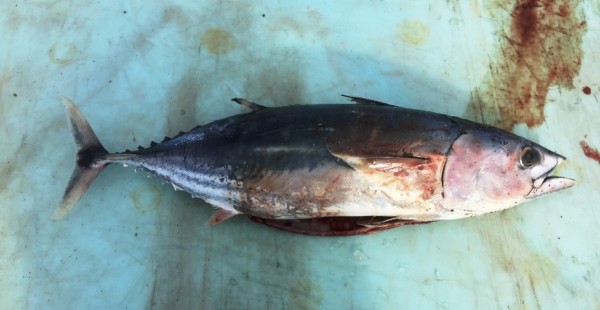
State health officials are warning Alaskans about a recent spike in scombroid poisoning — a condition caused by eating fish that has not been properly preserved.
Symptoms can last up to 48 hours and resemble an allergic reaction: People may experience severe headaches, palpitations, blurred vision and abdominal cramps.
The number of recent reported cases is far higher than usual, according to an Oct. 15 bulletin from the Alaska Department of Health and Social Services’ epidemiology section. At least seven people fell ill between May and August. Between 2015-2018, there were only five.
Epidemiologists have yet to identify a clear reason for this year’s spike.
“One possibility is that since it was pretty warm this summer, maybe people had a harder time keeping their fish cold,” said DHSS research analyst Anna Frick. “But the short answer is, we just don’t know why there were more cases this summer.”
The recent cases don’t appear to be connected, she said. They affected tourists and Alaskans. Two people fell ill after eating pre-packaged tuna, one person got sick after eating catfish and four people got sick after eating salmon.
The condition is most commonly associated with dark-meat saltwater fish like tuna, bonito and mackerel, according to DHSS. Health officials say scombroid poisoning from salmon is rare — of the 1,555 cases of outbreak-associated scombroid poisoning reported to the U.S. Centers for Disease Control and Prevention over the last 20 years, only 11 were associated with salmon.
It’s caused by bacterial overgrowth in fish that have been inadequately cooled after capture, according to state health officials. Keeping fresh fish cold is the key to avoiding it, Frick said.
“The most important thing to do is to keep fish that you buy or that you catch chilled at or below 40 degrees,” she said. “Put it on ice immediately and keep it cold.”
Kirsten Swann is a producer and reporter for Alaska Public Media.




